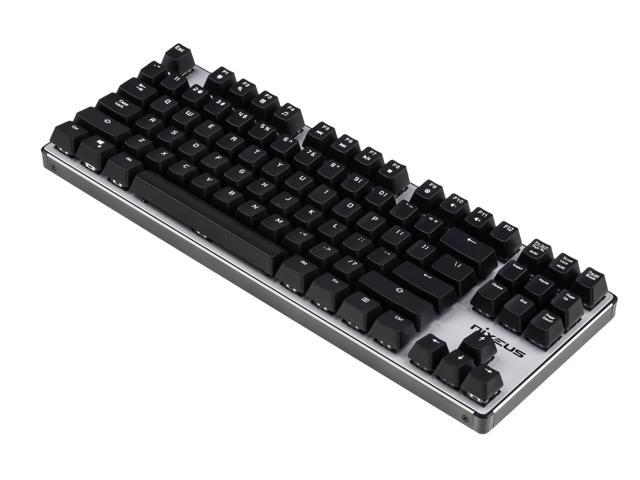
The Cherry MX Blue is the most common clicky switch, and was first made available in Filco keyboards in 2007. When the actuation point is reached, the slider is propelled to the bottom of the switch and the click noise is produced. This is achieved by a more complicated mechanism, with a blue plunger and a white slider. This makes it easier to know that you’ve hit the activation point.

They are also ideal for typing in office environments, where a clicky switch might annoy some.Ĭlicky switches add a deliberately louder ‘click’ sound to the existing tactile bump, allowing for greater typing feedback. Today, the majority of Filco keyboards are sold with Brown switches, as the switch is a good middle-of-the-road option appropriate for both typing and gaming. This switch was introduced in 1994 as a special ‘ergo soft’ switch, but quickly became one of the most popular switches. The most popular type of tactile, non-clicky switch is the Cherry MX Brown. As you press the key down, there is a noticeable bump which lets you know that your key press has been registered. Tactile switches provide, as the name suggests, additional tactile feedback as the key actuates. Red switches have been marketed as a gaming switch, with the light weighting allowing for more rapid actuation, and have become increasingly common in gaming keyboards. They have a low actuation force, at 45 cN – tied with Brown for the lowest of the four most common switches. The stronger spring also means that they rebound faster, meaning they can be actuated quite quickly given enough force – although you may also find fatigue becomes more of a factor than with other switches.Ĭonversely, Cherry MX Red switches were only introduced in 2008 and are the most recent switch to be developed by the company. They have found use in RTS video games, where the high weighting can prevent accidental key presses that might occur on less stiff switches. These switches are used in point-of-sale stations, but typically aren’t considered ideal for typing due to their high weighting.

They have a medium to high actuation force, at 60 cN, which means they are the stiffest of the four most common Cherry switches. There are two common types of linear switches – Black and Red.Ĭherry MX Black switches were introduced in 1984, making them one of the older Cherry switches. Linear switches have the simplest operation, moving straight up and down without any additional tactile feedback or loud clicking noise – we’ll come to these more complicated switches later on. Now that we’ve explained a bit of the background information, we can have a look at the switches themselves – starting with the four most common varieties. These switches are usually referenced by their physical colour, with each colour denoting the switch’s handling characteristics – whether it is clicky, whether it is tactile, and how much force is required to actuate the switch, in centi-Newtons (cN) or grams (g).

Their most popular line of switches, the Cherry MX series, was introduced around 1985. The company was moved to Germany in 1967 and bought by ZF Friedrichshafen AG in 2008, but keyboards and mechanical switches are still produced under the Cherry brand. In this article, we’ll look at the many different kinds of Cherry switches on the market and see how they compare to one another.Ĭherry Corporation was founded in the United States in 1953 and started producing keyboards in 1967, making them the oldest keyboard manufacturer in the world that’s still in business. In the Filco Majestouch-2 and many others, it is Cherry MX switches that are used. Mechanical keyboards are defined by their switches.


 0 kommentar(er)
0 kommentar(er)
